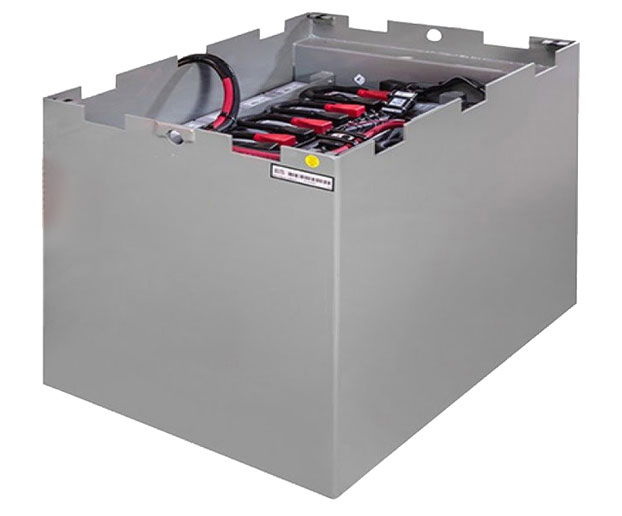In lead-acid batteries, fillers are used to enhance the mechanical strength, conductivity, and porosity of the battery plates. These fillers are typically added to the paste that is applied to the lead grids to form the active material of the battery plates. The fillers help to improve the performance and longevity of the battery.
- Barium Sulfate: Barium sulfate is a common filler used in lead-acid batteries. It is added to the paste to increase the density and porosity of the battery plates, which helps to improve the battery’s capacity and discharge rate.
- Calcium Carbonate: Calcium carbonate is another common filler used in lead-acid batteries. It is added to the paste to improve the mechanical strength and conductivity of the battery plates. Calcium carbonate also helps to reduce the formation of lead sulfate crystals, which can decrease the battery’s performance.
- Silica: Silica is used as a filler in some lead-acid batteries to improve the mechanical strength and porosity of the battery plates. Silica also helps to reduce the formation of lead sulfate crystals and improve the battery’s performance.
- Graphite: Graphite is used as a filler in some lead-acid batteries to improve the conductivity of the battery plates. Graphite also helps to reduce the formation of lead sulfate crystals and improve the battery’s performance.
- Antimony Trioxide: Antimony trioxide is used as a filler in some lead-acid batteries to improve the mechanical strength and conductivity of the battery plates. Antimony trioxide also helps to reduce the formation of lead sulfate crystals and improve the battery’s performance.
Overall, fillers play a crucial role in enhancing the performance and longevity of lead-acid batteries by improving the mechanical strength, conductivity, and porosity of the battery plates.


